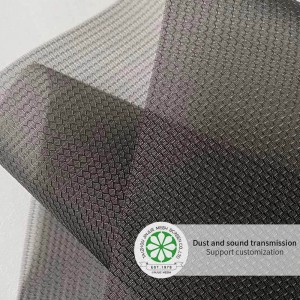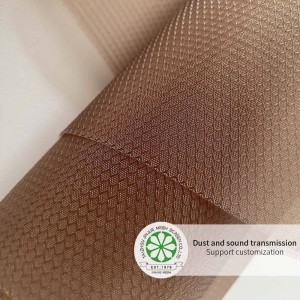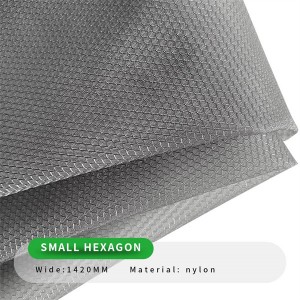What is Mesh?
The world of fashion has seen the popularity of mesh garments soar within the last few years, but exactly what is mesh, and why are high-street stores and designers alike fawning over it? This sheer, soft fabric with tons of tiny holes has been loosely woven or knitted to create the signature look and structure.
There are a few different versions of mesh fabric, but this type of fabric is typified by its lightweight heft and permeable texture. Unlike most types of fabric, which feature closely-woven textures, mesh is woven loosely, which results in thousands of tiny holes being present in each mesh garment.
The idea of mesh has been around for thousands of years; for instance, every type of net in existence is made from mesh, and this material has also been used to make items like hammocks. However, it wasn't until the end of the 19th century that textile innovators started using mesh for apparel.
How Is Mesh Fabric Made?
Mesh fabric is made with a variety of different techniques depending on the type of fiber from which it is composed. While nylon and polyester are very similar in a number of ways, polyester was developed a few decades after nylon, which means that the production of this synthetic material follows significantly more advanced manufacturing processes.
Though the processes used to make these two types of fabric fibers differ, for each type of fiber, the process begins with the refining of petroleum oil. Polyamide monomers are then extracted from this oil, and these monomers are then reacted with various forms of acid to make polymers.
These polymers are usually solid after they are reacted, and they are then melted and forced through spinnerets to make polymer strands. Once these strands have cooled, they can be loaded onto spools and shipped to textile manufacturing facilities to be made into mesh fabric.
In most cases, manufacturers of mesh fabric will dye their polyester or nylon fibers before they weave them into fabric. Textile manufacturers can then weave these fibers in a number of different ways to create various forms of mesh. Many types of mesh, for instance, follow a basic square pattern that has proven itself effective over thousands of years. More contemporary forms of mesh, however, such as Tulle, may be woven with a hexagonal structure.

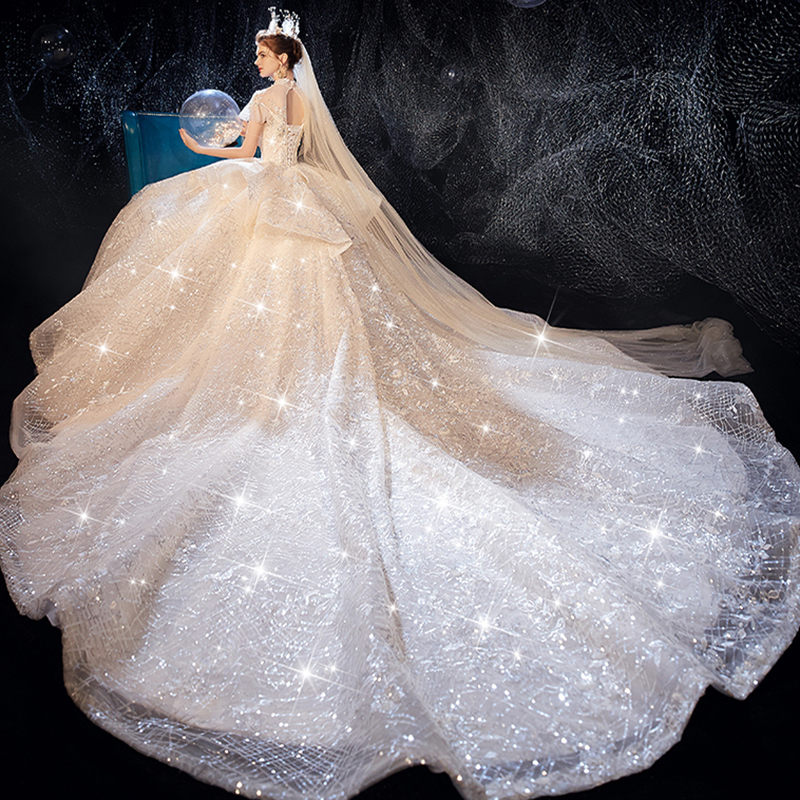
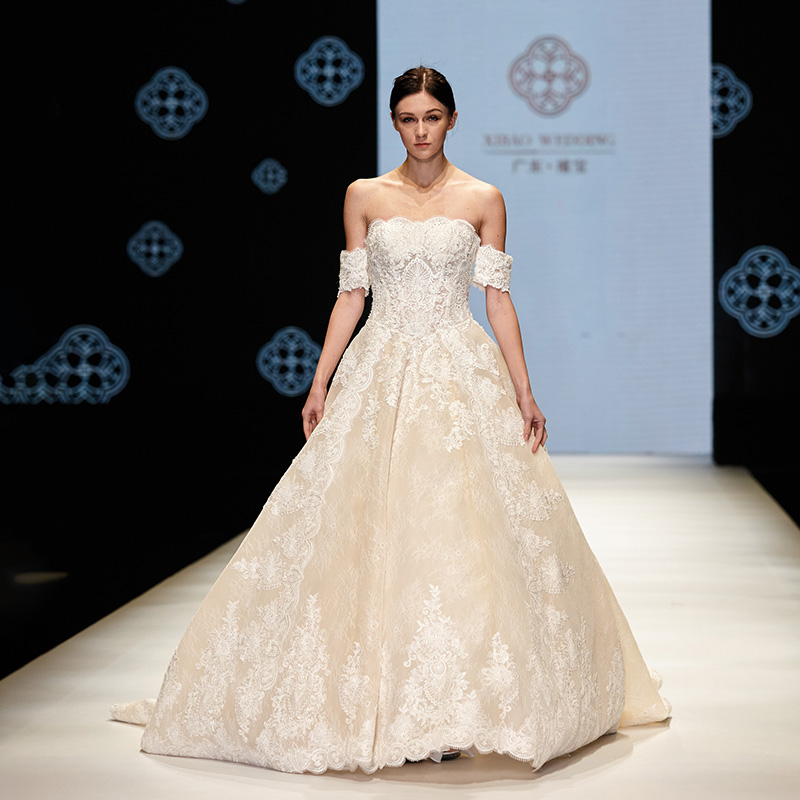
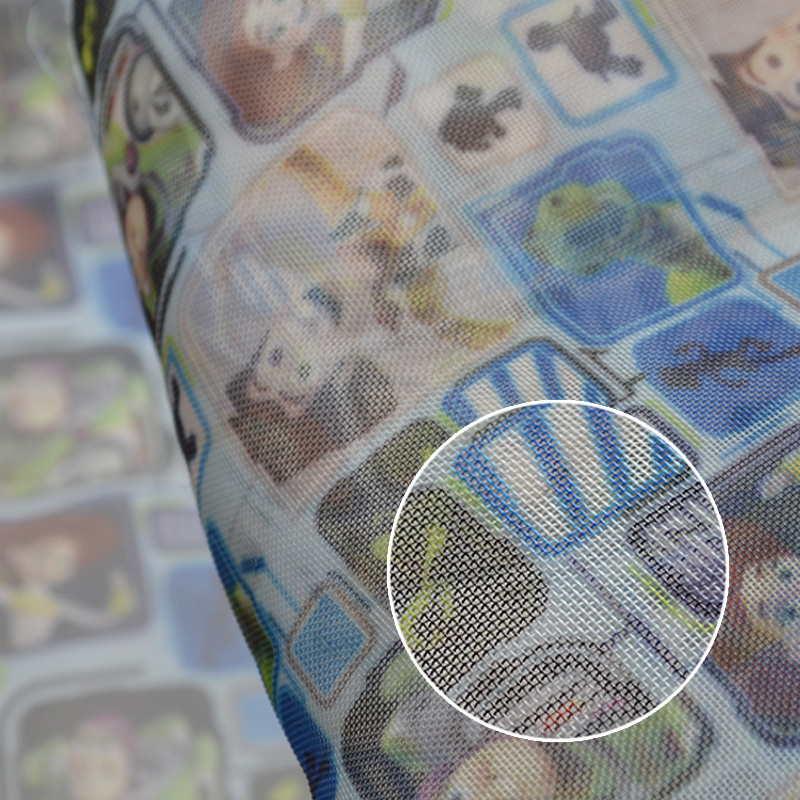
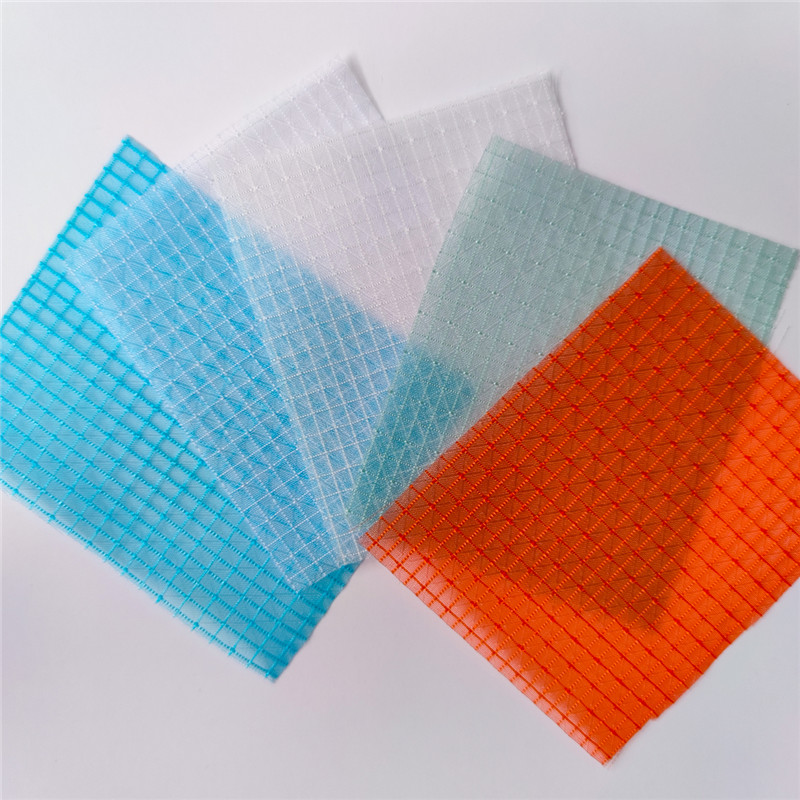
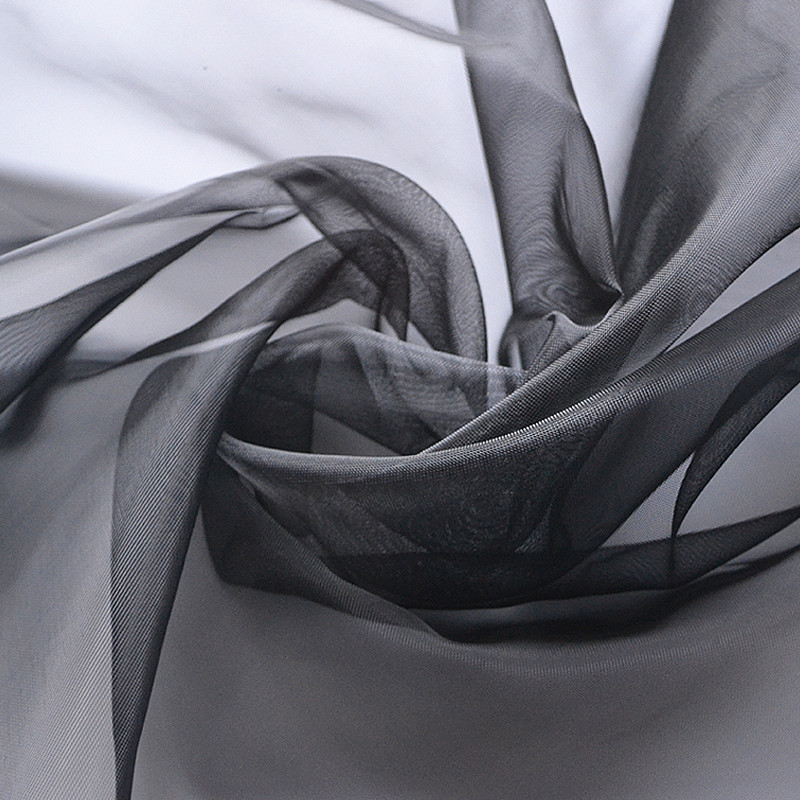

英文版主图6-300x300.jpg)

